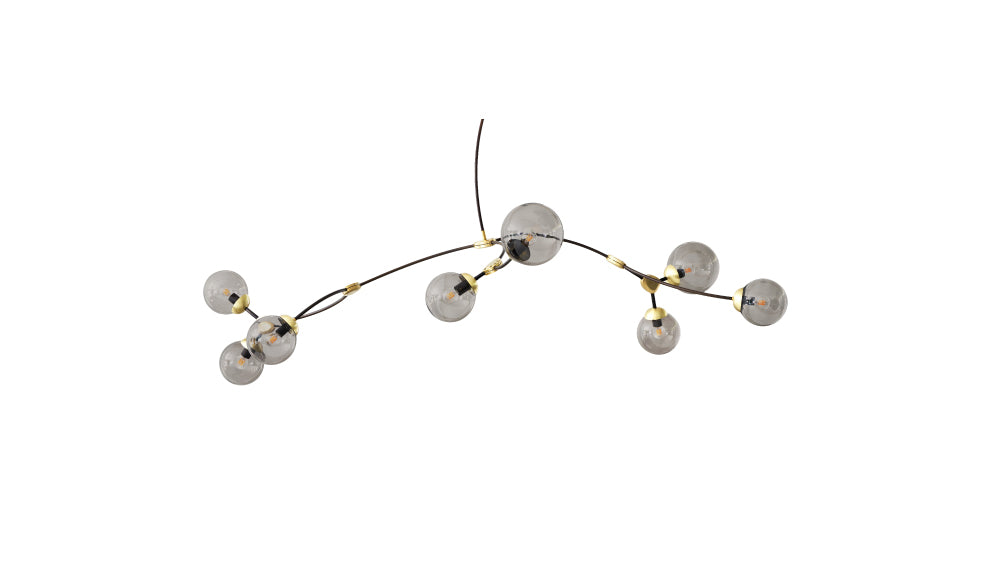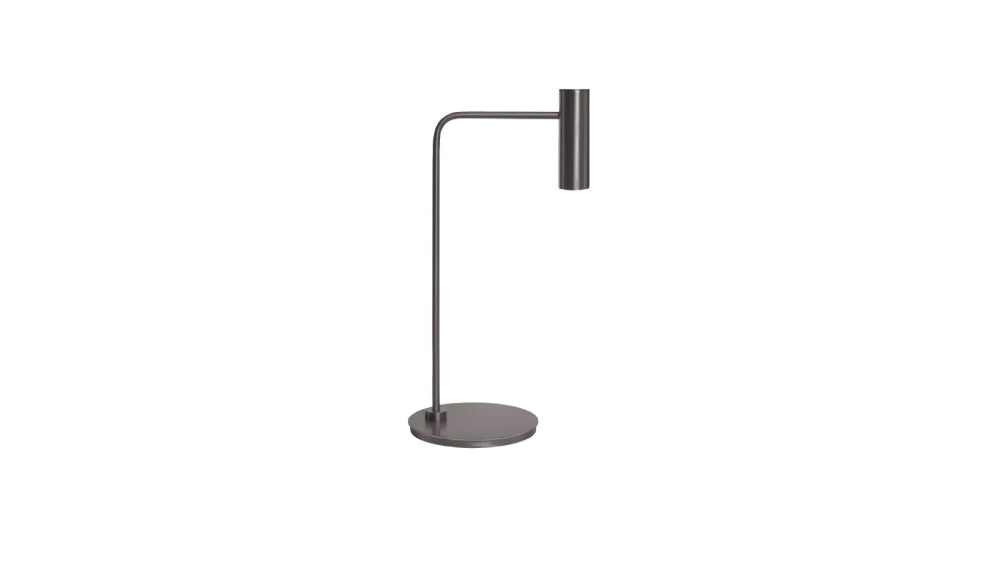
Light Bulbs
The overall effect and performance of any of our lighting fixtures depends on the light bulb used. It is therefore important to select the correct one.
At CTO Lighting, we always recommend using LED bulbs where possible. Lowering our overall energy consumption has never been more important, and LED bulbs are 90% more energy efficient than old technology bulbs, such as halogen and incandescent. They also last ten times longer (on average between 20,000 and 25,000 hours) and so do not need to be replaced as frequently.
LEDs have evolved massively over the last decade and can now perfectly simulate the effects of traditional lamps, ensuring a warm and inviting ambience.
CTO Lighting has a range of integrated LED products; these do not require a light bulb. The light source is built into the product itself, which allows for greater flexibility during the design process. The following collections all feature integral LEDs: Avalon, Anvers, Artes, Cielo, Tinto, Pendulum, Modulo.
Bases
It is important to consider the base when choosing your light bulb, as this will determine if the bulb fits within your light fixture. Always check the lamp holder (of your light fixture) and select a bulb base that is compatible.
There are a wide range of bulb bases available. At CTO Lighting, we predominantly use the most common of these, detailed in the two diagrams below.
![]()
Shapes
Modern bulbs come in a large variety of shapes and sizes. There are eight common bulb shapes. At CTO Lighting, we predominantly use four of these shapes - Arbitrary (A) / Candle (C) /Globe (G) / Parabolic Aluminized Reflector (PAR).
The light bulb shape can have a big impact on the overall aesthetic. The power is determined by the lumen output and wattage of the bulb, make sure you chose the size best suited to your application.
![]()
Colour Temperature
Colour temperature is measured in Kelvins (K), and typically ranges from 1800K to 8000K. 3000K and below generates a warmer tone, while 4000K and above will result in a cooler, white tone. We always recommend going for 2700K to achieve the right ambient illumination to complement our products and your interior.
When sourcing light bulbs for a room / space, it is best to try matching the colour temperature (K), as well as bulb manufactures, as this will create a more cohesive feel.
![]()
Wattage / Lumens Comparison
Below is a comparison of energy consumption (wattage) versus light output (Lumens) between old technology bulbs and the latest LEDs.
![]()
Recent developments in the lighting industry have hugely improved and advanced the dimming capabilities of LED bulbs, which are now catching up to the traditional bulbs. Not all LEDs are dimmable, but it is now easy to find a suitable energy-efficient, dimmable LED bulb.
Dimmable LEDs provide smooth dimming from 100% to as low as 0.5%. Although this may differ between different types of dimming systems.
It is also important to ensure that the bulb selected is compatible with your dimming system / switches.
We always recommend opting for a dimmable bulb where possible, as this will allow more control over your lighting scheme.
For any further information about bulb type and CTO Lighting recommended manufacturers, please contact our sales team at sales@ctolighting.co.uk




